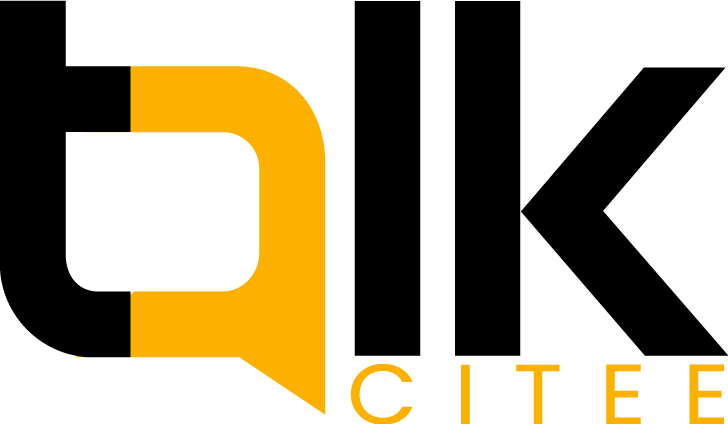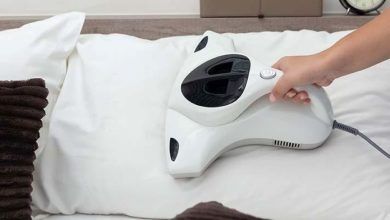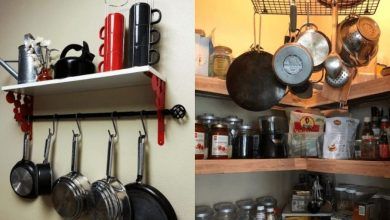
7 Game-Changing Features That Define a Modern Powder Coating Machine
It’s easy to think of industrial equipment as purely functional—just press a button and wait for results. But modern powder coating machines prove that precision and innovation can exist side-by-side with simplicity. The newest features aren’t just technical upgrades—they’re the kind of enhancements that make work faster, smoother, and more predictable in ways that matter on the floor.
Multi-Zone Heat Profiling for Consistent Coating Results
At the heart of reliable powder coating is temperature control, and multi-zone heat profiling takes this control to another level. Instead of heating the entire system uniformly, different zones operate independently. That means more accurate temperature distribution, which reduces over-baked edges or undercured areas. This feature ensures the powder is bonded evenly across the part, especially for components with complex shapes or dense clusters.
The beauty of multi-zone profiling is that it adapts to changing demands. Whether you’re working on lightweight metal parts or bulky structural components, the machine adjusts without guesswork. With a modern powder coating machine, you can fine-tune these zones and dial in precise performance for each type of job, minimizing rework and improving finish quality across the board.
Integrated PID Controllers Stabilizing Process Temperatures
Precision doesn’t happen by chance. Integrated PID (Proportional-Integral-Derivative) controllers help maintain exact temperatures throughout the coating cycle. They don’t just switch the heat on and off—they continuously monitor temperature fluctuations and make micro-adjustments in real time. This tight control keeps surface finishes consistent, which is vital in high-spec or repeat-run projects.
Older machines often suffered from heat overshoots or cool-down delays. PID controllers eliminate these swings by learning from process behavior and correcting quickly. In powder coating, a few degrees can make or break a job, so this feature alone dramatically improves yield and finish quality, especially for high-volume operations.
Programmable Cycle Recipes for Effortless Operation Changes
Production isn’t static. One day you’re coating aluminum railings, the next it’s automotive brackets. Programmable cycle recipes let operators store and recall process settings instantly, including temperature profiles, timing, and fan speeds. Instead of reconfiguring everything from scratch, techs can select a saved recipe and hit start.
This feature saves time, reduces training needs, and lowers the chance of operator error. It also makes standardizing output across multiple shifts or locations simple. For powder coating operations running tight deadlines or producing varied part types, programmable recipes are a must-have that keep things flowing smoothly.
Uniform Airflow Systems Ensuring Even Powder Flow
Air movement plays a bigger role in powder coating than most realize. Uneven airflow causes hot spots, cold zones, or turbulence that affects how powder sticks and cures. That’s where modern airflow systems come into play—they distribute air evenly across the chamber to ensure consistent curing throughout the cycle.
These systems are engineered to create a balanced environment regardless of part shape or placement. Whether hanging large frames or small brackets, consistent airflow ensures no section is under-processed or overheated. This reduces inconsistencies, especially with complex geometries or tight production timelines.
Insulated Panel Construction for Enhanced Thermal Efficiency
Energy efficiency is no longer optional—it’s built in. Insulated panel construction traps heat inside and prevents it from escaping into the surrounding work area. It keeps internal temps stable while reducing the load on heating elements. That means lower energy costs, shorter recovery times, and fewer fluctuations during multi-batch runs.
The benefit is twofold: you save money and improve performance. Insulation also helps keep exterior surfaces cooler, which is safer for workers operating nearby. It’s a simple design change with a big payoff in both efficiency and safety, setting today’s powder coating machines apart from earlier models.
High-Capacity Recirculation Fans Reducing Process Times
Recirculation fans are the engine behind fast, even heat delivery. High-capacity fans move large volumes of heated air through the chamber efficiently, allowing the system to reach target temperatures quickly and maintain them with minimal variation. This drastically cuts warm-up and processing times without sacrificing coating quality.
In production, speed equals profit. With strong recirculation, jobs that once took 45 minutes can finish in 30 or less, giving you a better turnaround rate. Faster cycles mean more parts per shift and greater output without additional labor or square footage—a smart upgrade for shops focused on scale and efficiency.
Data Logging Capability Supporting Compliance and Traceability
Whether you’re serving aerospace, automotive, or industrial clients, documentation matters. Data logging captures real-time process metrics, temperature curves, cycle durations, and airflow rates, and stores them for review or export. It helps companies meet industry standards, pass audits, and provide traceability to customers who demand it.
Having access to digital logs also makes troubleshooting easier. If an issue pops up, you can trace it back through the logged data and pinpoint the problem fast. This level of visibility reduces downtime, ensures compliance, and strengthens quality control without slowing down production. It’s a quiet but powerful feature shaping the next generation of powder coating machines.







